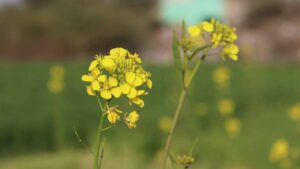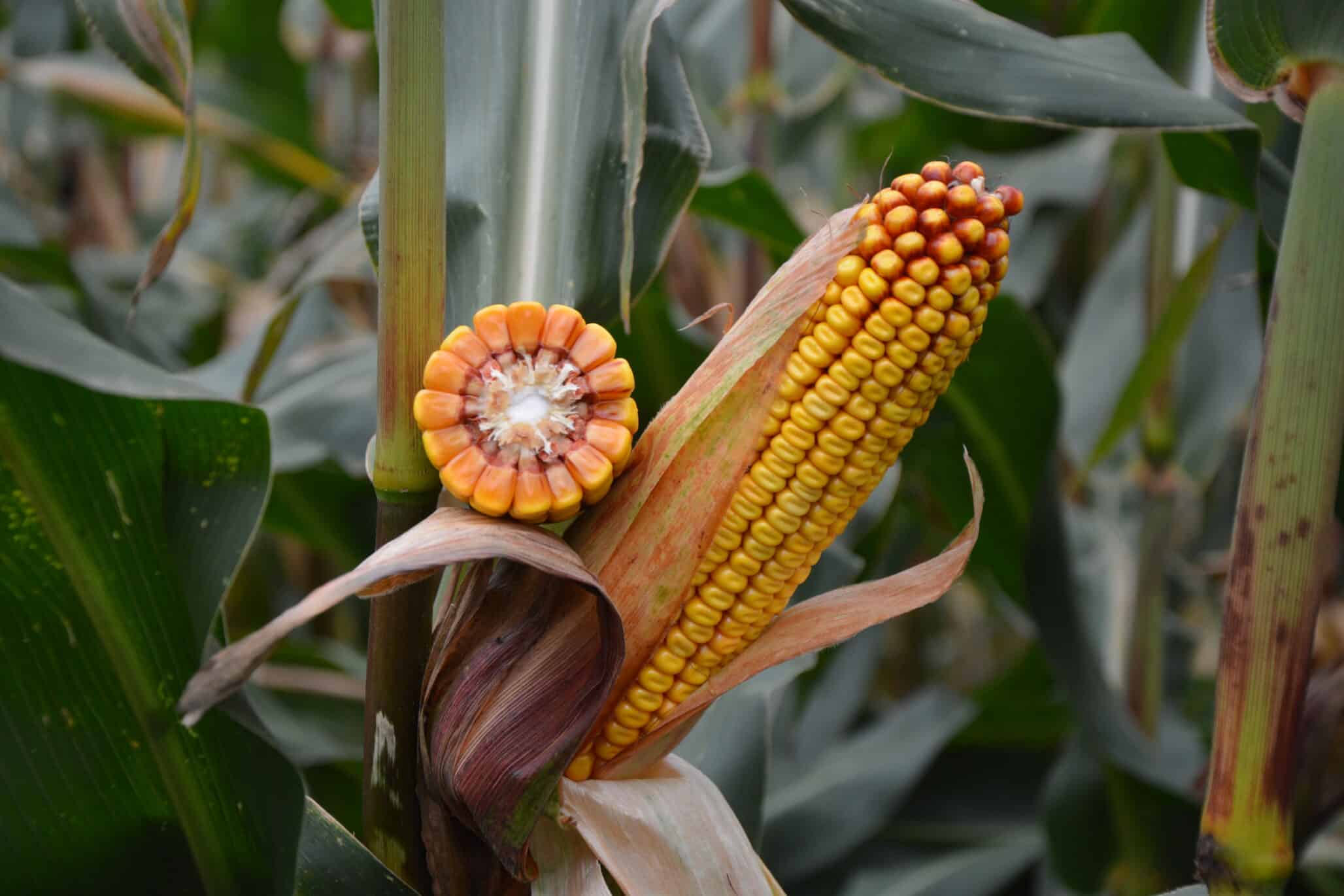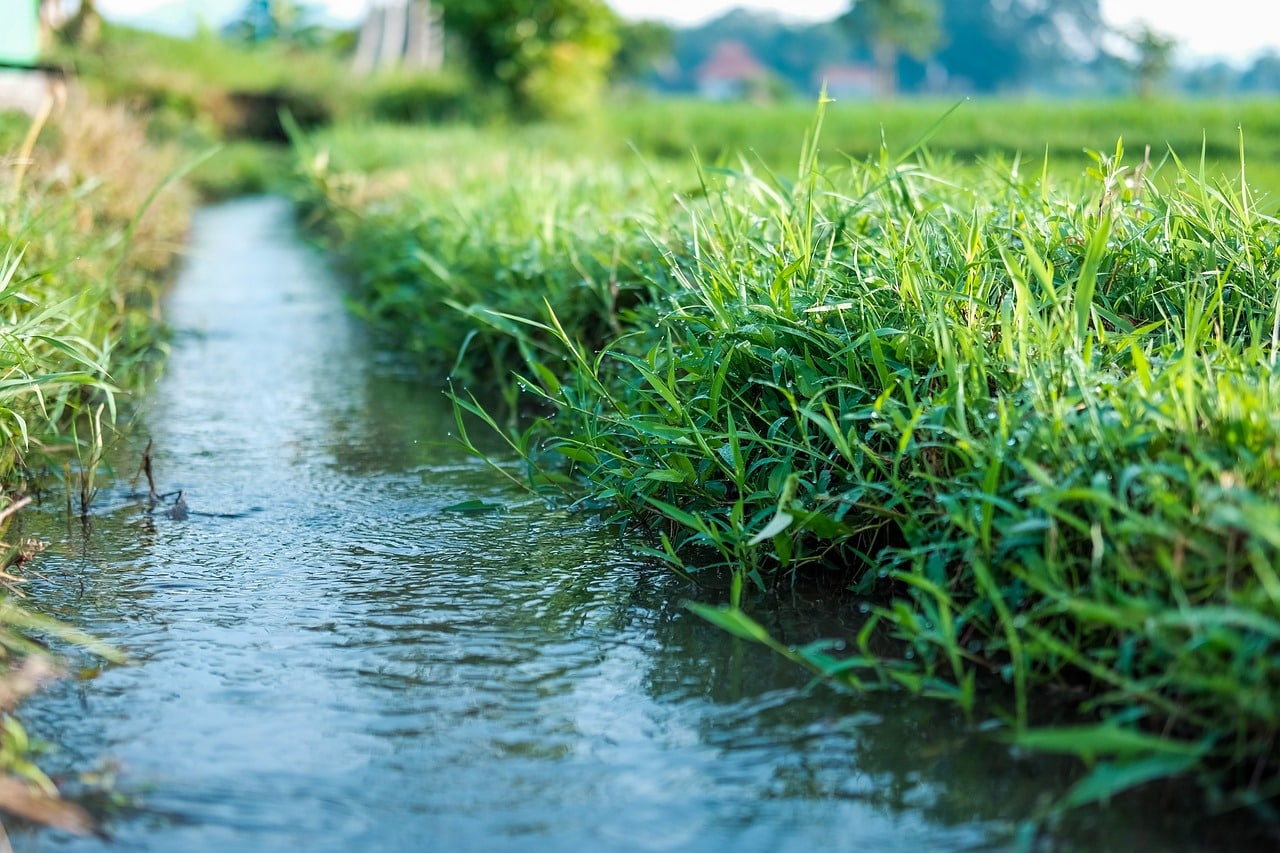The Journal of Crop Science has published results of a multi-year study conducted to evaluate maize (corn) hybrids under drought-stress, or water-limited, conditions. Findings scientifically demonstrate the efficacy of Pioneer brand Optimum AQUAmax maize hybrid seeds.
“Through these and related research efforts, we are making real progress in understanding what contributes to drought tolerance,” says Mark Cooper, research director, trait characterization and development at DuPont Pioneer, and one of the study’s authors. “This will help DuPont Pioneer continue to deliver strong maize hybrids to growers around the world.”
The international community faces the challenge of growing food sustainably, which involves meeting the demands of a growing population in the midst of adverse environmental changes. Globally, water is the most limiting factor to agricultural and food productivity, causing annual crop losses of $13 billion due to drought. Since 1980, major droughts and heat waves within the United States alone have resulted in costs exceeding $100 billion, easily becoming one of the most costly weather-related disasters on the continent during that time. In 2012, a severe drought contributed to historically high grain prices in the United States.
The multi-year study included comprehensive managed-environment research experiments, on-farm industry evaluation experiments and planting density studies. More than 10,700 U.S. farms provided extensive data comparing 78 of the Optimum AQUAmax hybrids to a sample of 4,200 industry-leading hybrids used by growers throughout the Corn Belt.
- In the on-farm experiments, the Optimum AQUAmax hybrids were, on average, 6.5 percent higher yielding under water-limited conditions and 1.9 percent higher yielding under favorable growing conditions.
- Under water-limited conditions, the Optimum AQUAmax hybrids yielded better in higher plant population situations (i.e., more plants per acre) when compared to the other hybrids. The yield advantage of Optimum AQUAmax hybrids compared to other hybrids became greater as plant populations increased.
The full study is available at: https://www.crops.org/files/publications/cs/c14-09-0654.pdf.












